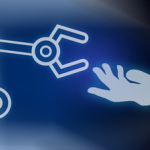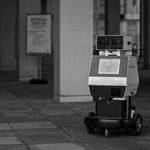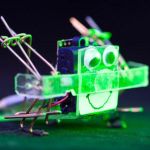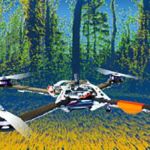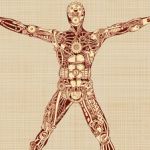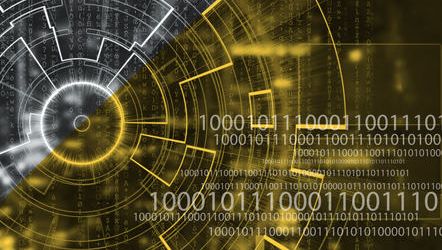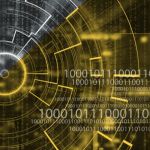
Robotic Vision: Processing Images
Learn how images are processed and transformed to make a robot see.
Programming a robot to see requires knowing the principles of vision, mathematical knowledge and programming skills. We explore how computers process images, learning the operations required to process an image using MATLAB.
Robotic vision relies on identifying and extracting the features of an image to recognize a shape. You’ll identify the unique features of a shape and its perimeter. We look at some advanced image processing techniques: morphology; and transformations such as scaling and warping. We finish the course with a look at colour and light, and how robots see colour.
This course assumes that you are familiar with concepts from advanced high-school mathematics or undergraduate engineering.
The course also assumes knowledge of programming – this will help you understand some of the demonstrations in the videos and is required for the third course in the robotic vision program. This course uses the MATLAB programming language and environment, but your knowledge of programming in other languages can be easily transferred to MATLAB. You can familiarize yourself with MATLAB by enrolling in the MATLAB Onramp tutorial.
Please note that this course includes video content and other visual teaching methods. Blind and visually impaired students may need a helper.
This course contains many practice activities in MATLAB. However, you won’t need to download the MATLAB software to complete the course (although if you already have it you are welcome to use it). The MATLAB exercises are embedded within the course, or you can use a version of MATLAB Online for which you’ll be provided a log-in and instructions for importing the Machine Vision Toolbox for MATLAB. You don’t need to own a robot, or have a robot kit, to take this course.
Free
Beginner
3 hours/week
Peter Corke
Queensland University of Technology
Coursearena
